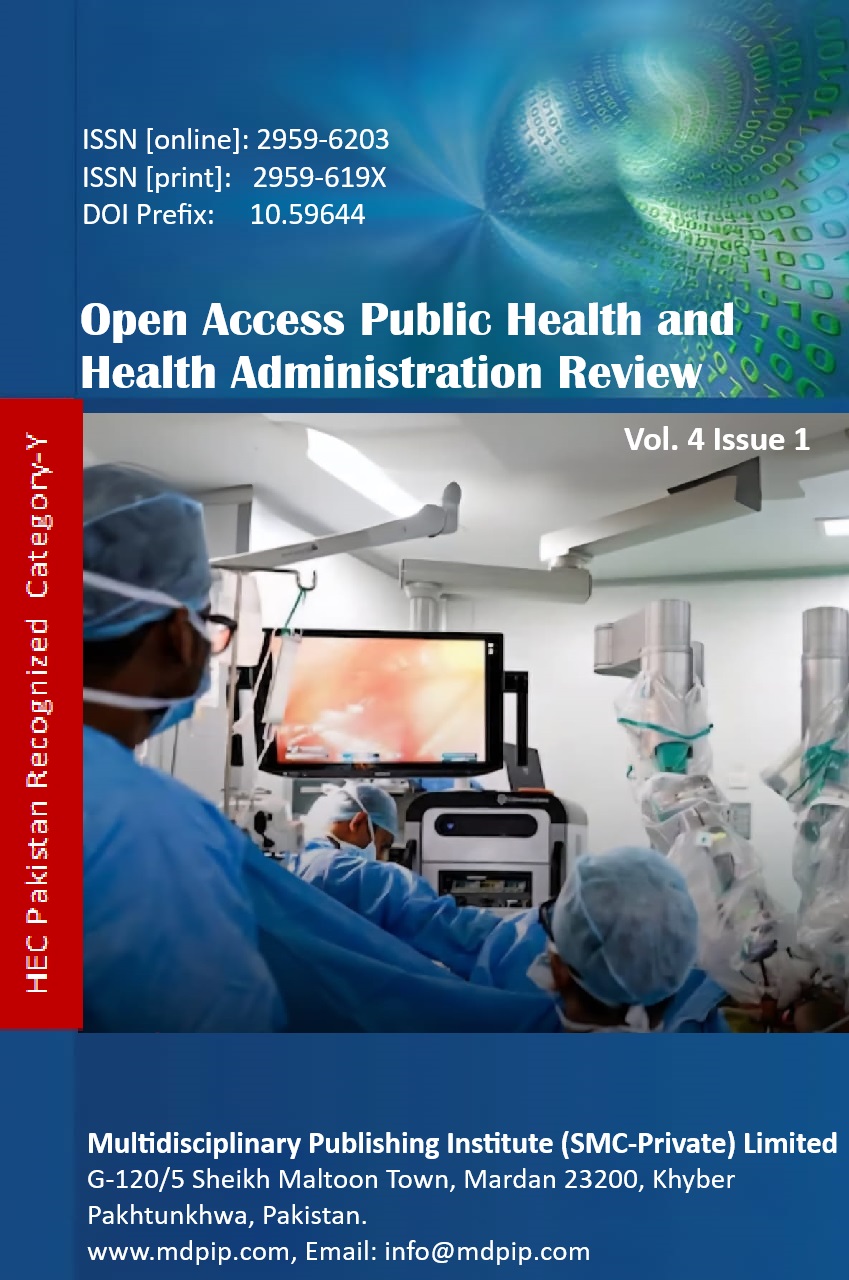Comment on the Frontal QRS-T angle as an Early Predictor of Mortality in Sepsis
DOI:
https://doi.org/10.59644/oaphhar.4(1).213Keywords:
Sepsis, Mortality, Predictor, Electrocardiogram, Frontal QRS-T Angle, Cardiac DysfunctionAbstract
Sepsis remains a leading cause of global mortality, driven by dysregulated host responses to infection, leading to multi-organ dysfunction, including cardiac impairment. There is a critical need for simple, rapid, and accessible prognostic tools. The frontal QRS-T angle (fQRSTa), a spatial vectorcardiographic marker of ventricular repolarization heterogeneity, has emerged as a powerful independent predictor of adverse cardiac events and mortality in general and cardiac populations. This short communication aims to review and synthesize recent literature on the utility of the frontal QRS-T angle as an early predictor of mortality in patients with sepsis. A narrative review of recent literature (primarily from 2015 onwards) was conducted, focusing on studies investigating electrocardiographic (ECG) predictors, cardiac dysfunction, and outcomes in sepsis, using databases such as PubMed and Scopus. Emerging evidence indicates that a wide fQRSTa (>90°-100°) is significantly associated with increased short-term and long-term mortality in septic patients. This electrical biomarker likely reflects the underlying septic cardiomyopathy, characterized by global myocardial depression, ischemia, and electrophysiological instability induced by the systemic inflammatory response. The frontal QRS-T angle is a promising, readily obtainable, and low-cost ECG parameter that serves as an early marker of mortality risk in sepsis. Its integration into initial risk stratification could help identify high-risk patients who may benefit from more aggressive hemodynamic monitoring and management. Future prospective, multi-center studies are needed to validate standardized cut-off values and establish their definitive role in clinical sepsis algorithms.






